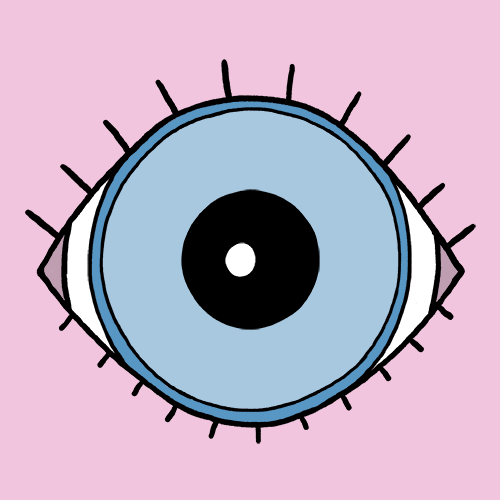The Quick and Dirty Guide to Blogging for Artists Using AI
Let’s face it: blogging can be a drag. But if you’re an artist trying to sell your work or snag some juicy commissions, a blog can be your best friend. The good news? You can write a killer blog post in less time than it takes to binge-watch an episode of your favorite show, all thanks to AI.
Here’s how I wrote this very article, sprinkled with a healthy dose of examples from an artist's perspective.
Step 1: Get Cozy with Your Keywords
First things first, let’s talk keywords. These are the magic words that help your blog show up on Google. If you want people to find your amazing art, you need to know what they’re searching for. Here’s how you can find those keywords without breaking a sweat:
Google Keyword Planner: Think of it as your secret weapon. Enter your competitors' websites and see which keywords they’re using.
Competition Check: Look for keywords with low to medium competition but enough search volume to make it worth your while (100-1,000 searches per month as a min).
Relevance is Key: Pick keywords that actually make sense for your niche. For me, that would be "art marketing," "blogging for beginners," "marketing advice for artists," "how artists can make money online," and "how to get more traffic to your portfolio."
Step 2: Brainstorm Blog Topics and Titles with AI
Once you’ve got your keywords, it’s time to brainstorm some blog topics and titles. Don’t worry, you don’t have to do it alone. AI can help you come up with some snazzy ideas. Here are a few I came up with:
"Art Marketing 101: Proven Strategies to Promote Your Work"
"Blogging for Beginners: A Step-by-Step Guide for Artists"
"Marketing Advice for Artists: How to Attract More Clients Online"
"How Artists Can Make Money Online: Top Tips and Tricks"
"How to Get More Traffic to Your Portfolio: SEO Strategies for Artists"
Step 3: Outline Your Masterpiece
Now, let’s get organized. Use AI to create an outline for your blog post. This keeps your thoughts in check and ensures you cover all the juicy details. Here’s an example outline for "Art Marketing 101: Proven Strategies to Promote Your Work":
Introduction
Why art marketing is crucial (duh)
Quick overview of what’s to come
Know Your Audience
Identifying your target audience (hint: it’s not your mom)
Tailoring your marketing efforts to them
Build an Online Presence
Creating a professional website (because MySpace is dead)
Leveraging social media platforms (Instagram, anyone?)
Utilize SEO
Keyword research (you got this)
Optimizing your website and blog posts
Engage with Your Audience
Creating valuable content (no cat memes)
Interacting with followers on social media (be human, not a bot)
Monetize Your Art
Selling prints and merchandise
Offering online classes or workshops (cha-ching!)
Conclusion
Recap of key points
Call to action (like, comment, subscribe!)
Step 4: Write the Damn Thing
With your outline ready, it’s time to write. If typing feels like a chore, use talk-to-text software. Just speak your mind, and let the software do the hard work. Use your own experiences and make it personal. Remember, you’re an artist, not a robot.
Step 5: Proofread and Optimize with AI
Once you’ve written your masterpiece, it’s time to polish it. Copy and paste your text into an AI tool for proofreading. The AI will catch those pesky typos and make your content easier to read. Plus, it can suggest headings, an SEO title, and a meta description to make sure your post is optimized for search engines. Fancy, huh?
Step 6: Add Some Eye Candy
A blog post without visuals is like a cake without icing. Head to Unsplash or use your own stunning photography to find a relevant image for your blog. Personalized images make your post stand out and add a touch of YOU to the mix.
Step 7: Wrap It Up with a Call to Action
Finally, add a call to action (CTA) at the end of your post. This encourages readers to take the next step, whether it’s checking out your portfolio, buying your art, or signing up for your newsletter. A strong CTA can boost your sales and make the most of the traffic your blog generates.
Conclusion
And there you have it! Writing a blog in less than an hour is totally doable with a little help from AI. I wrote this article actually in less than 30 mins.
By finding the right keywords, generating topics, creating an outline, and using AI for writing and proofreading, you can whip up high-quality content in no time. Personalize your blog with visuals and a call to action, and watch the traffic roll in. Happy blogging!
Ready to attract more clients and sell more art online? My SEO Strategy Service is tailored specifically for artists, helping you rank higher on Google and drive traffic to your portfolio.


